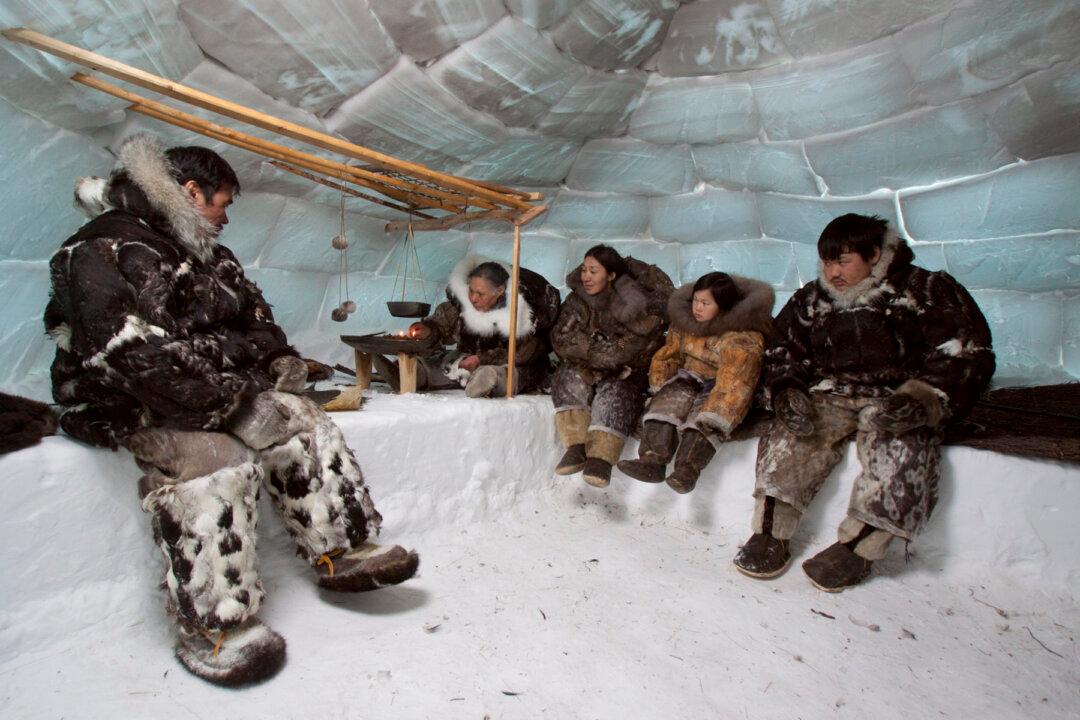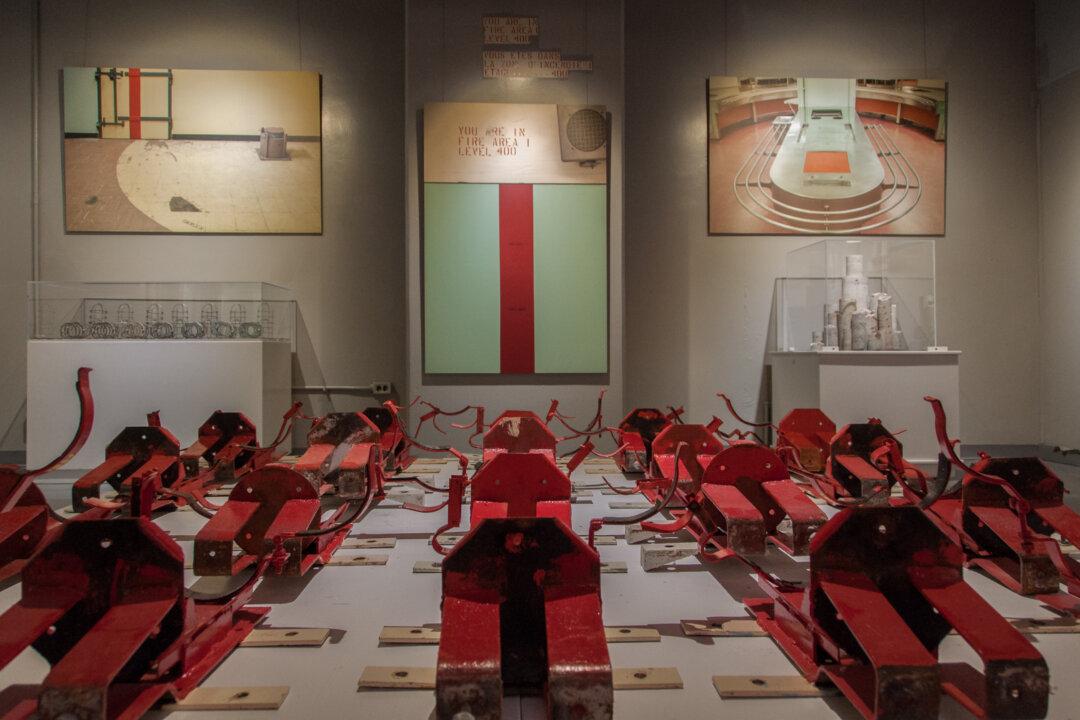Over the 5 days of Ottawa’s recent Asinabka Film & Media Arts Festival, 31 films by indigenous filmmakers—mostly Canadian—were shown to appreciative audiences. The festival’s programming included documentaries, dramas, and comedies. Trickster showed up more than once on the Asinabka screen.
When Trickster is on the scene, it is because we have lessons to learn—prideful, foolish us. A number of Canadian films were an outstanding example of a contemporary urban Trickster tale.
Trickster is a cop in “The Dancing Cop” (2012, 7min.) by filmmaker Kevin Redversp—a wonderfully well-made Trickster tale. Pay attention. Appearances are never the whole story. Stereotypes can dance away. Even a cop could be a candidate for the Rockettes’ dance line.
Asinabka’s film programming included portrayals of other traditional figures, too. “Out in the Cold (2008, 30min.) by Canadian filmmaker Colleen Murphy, for example, portrays a conversation among three men—two are elders—in the cold of a Winnipeg winter’s night. Reality in this story is as layered and hard-worn as the coats worn by the actors. Life and death are cut from the same cloth.
Perhaps half of the films screened during Asinabka were well-crafted documentaries. The issues examined were similar whether the filmmaker was American, Australian, Russian, or South American. Land rights, loss of land, contemporary demands upon the land, loss of traditional knowledge, and stressful social conditions on and off reserves are problems the world over for indigenous populations framed in colonial histories.
Two feature-length documentaries are particularly timely given the mammoth scale of Canada’s energy projects and the industry’s global ambitions to export petroleum to the world—regardless of what that means to the land or the people.
“My Louisiana Love” (2012, 66min.) by American filmmakers Sharon Linezo Hong and Monique Michelle Verdin, lays out well why the southern Louisiana wetlands were a disaster-in-waiting, a disaster sure to happen. Disaster did happen. Repeatedly. Disasters of the last decade by the names of Hurricane Katrina, Hurricane Rita, and the BP oil spill.
At the time of Katrina, a third of the United States’ gas and oil supplies were running through pipelines traversing the wetlands of southern Louisiana. Thirty-two million litres of oil spilled into the wetlands. Can the wetlands be restored? Will Louisiana’s shrimp and oyster beds come back?
In Louisiana, one might have seen that disaster coming. In northern Quebec, a similar situation appertains. Canadian filmmaker Joel Heath outlines the disaster waiting to happen in “People of a Feather” (2011, 93 min.).
The eider duck is dying. Joel Heath uses the traditional knowledge of the Inuit of Belcher Island—a people who know the eider duck’s habits and the ocean’s currents—to investigate why.
Hydro Quebec’s massive hydroelectric plants are reversing ocean currents and the natural exchange cycle of freshwater and sea ice. As Heath makes clear, weakening the ocean’s littoral currents cannot be without consequence. One of his interviewees states it plainly, “Never ignore a dying bird.”
Asinabka means “shining rock.” It is the Algonquin name for Victoria Island. It is also the well-chosen name of the Asinabka Film and Media Arts Festival.
For the second year running, Howard Adler and Chris Wong have programmed a film and media arts festival worthy of its name—“shining rock.”
Maureen Korp is an independent scholar, curator, and writer who lives in Ottawa. Author of many publications, she has lectured in Asia, Europe, and North America on the histories of art and religions. Email: [email protected]
Snapshots of the World Through an Indigenous Lens
Over the 5 days of Ottawa’s recent Asinabka Film & Media Arts Festival, 31 films by indigenous filmmakers—mostly Canadian—were shown to appreciative audiences. The festival’s programming included documentaries, dramas, and comedies. Trickster showed up more than once on the Asinabka screen.

Traditional igloo life on the Belcher Islands, where eider duck clothing was the key to keeping warm. For the first time in many years, three generations are wearing traditional clothing, created for the documentary "People of a Feather." Joel Heath
|Updated:



